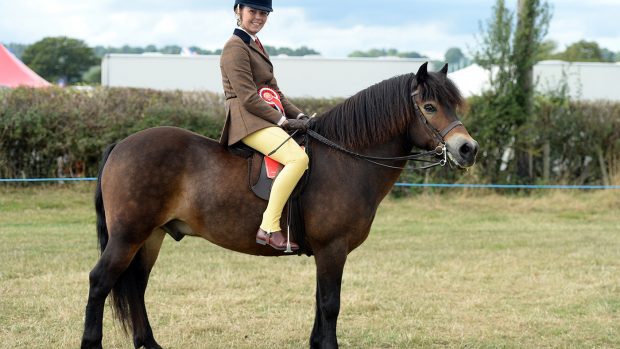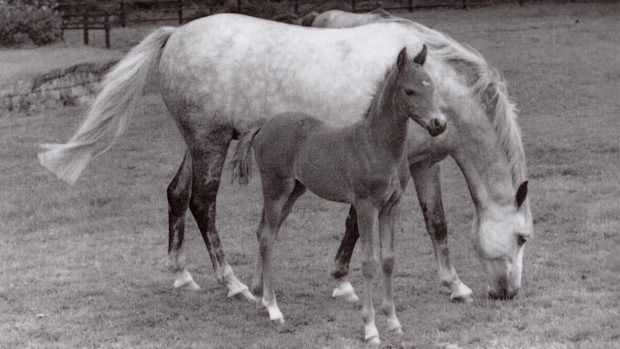The Rare Breeds Survival Trust (RBST) is “renewing its warning” about the future of the Hackney horse and pony, after just 31 registered foals were born last year.
The 2022/23 RBST watchlist published this month features seven breeds in the “priority” category; Hackneys, Cleveland Bays, Dales, Dartmoors, Exmoors and Eriskays. Clydesdales, Fells, Highlands, New Forests and Shires have been classed as “at risk”. Shetlands and Welsh ponies and cobs appear in the “UK native breeds” category, and Connemaras and Irish Draughts are listed in the “Irish breeds in the UK” category. The categories are based on population size, taking into account numbers of males and females and the degree of inbreeding. All the breeds remain in the same category as the 2021/22 watchlist.
The RBST reported that while the numbers of Eriskays, Suffolks and Cleveland Bays remains low, the “stability in the breeds’ data in 2021 is positive”. But there are “extreme concerns” around Hackneys.
“The Hackney breed, which already had very low numbers, has seen further decline over the past year with just 31 females producing registered progeny from only 12 breeders. This compares with more than 300 breeding females registered in 2011,” said an RBST spokesman, adding that the organisation is urging more people to support the breed’s modern uses.
Mark Hardy, chairman of the Hackney Horse Society, told H&H the pandemic and increase in the cost of living had caused issues for breeders, and they are also limited in choices as there are so few of them.
“After the Second World War, there was a big revival of Hackneys and at the time there were lots of breeders and trainers. But as time has gone on, many have passed away or moved on to other things,” he said.
“As an organisation, we are really trying to promote the breed and show how versatile it is and hopefully we will see more people using them in other disciplines and create more demand. People usually associate Hackneys with driving and showing, but they’re also very good all-rounders.”
According to the RBST, the number of Shire foals registered last year was 228, down from 250 in 2020. The number of overall New Forest breeders registering progeny has declined – as has the number of dams, which the RBST classifies as mares who have had at least one foal, but the breed still has the greatest number of dams of all the rare equine breeds. Though Dartmoors and Exmoors remain on the priority list for 2022/23, there has been an “important increase” in the number of dams, which is “crucial” for managing inbreeding in breeds with low numbers.
“The Exmoor data is the highest recorded since 2017, with the number of dams up 37% on 2020 and Dartmoors have also made significant progress with the number of breeders registering progeny at its highest since 2011, and the number of dams up 46% on 2020,” RBST senior conversation adviser Tom Blunt told H&H.
“Both breeds have also seen an improvement in effective population size which indicates successful management of inbreeding.”
You might also be interested in:

Breed societies find ‘proactive’ solutions to overcome Brexit challenges

15 of the rarest horse breeds in the world

Subscribe to Horse & Hound this spring for great savings
Horse & Hound magazine, out every Thursday, is packed with all the latest news and reports, as well as interviews, specials, nostalgia, vet and training advice. Find how you can enjoy the magazine delivered to your door every week, plus options to upgrade your subscription to access our online service that brings you breaking news and reports as well as other benefits.




